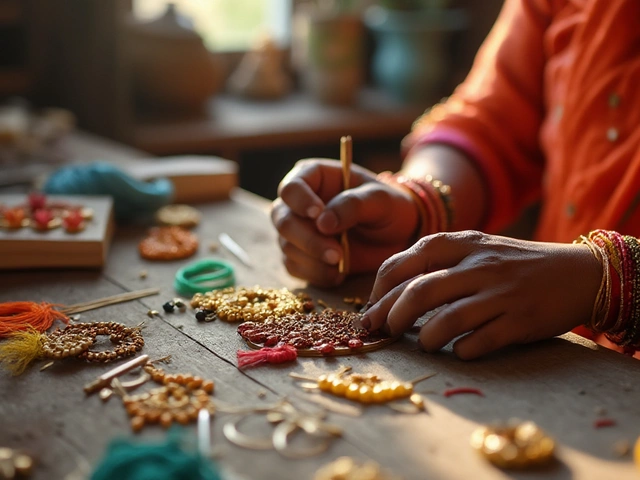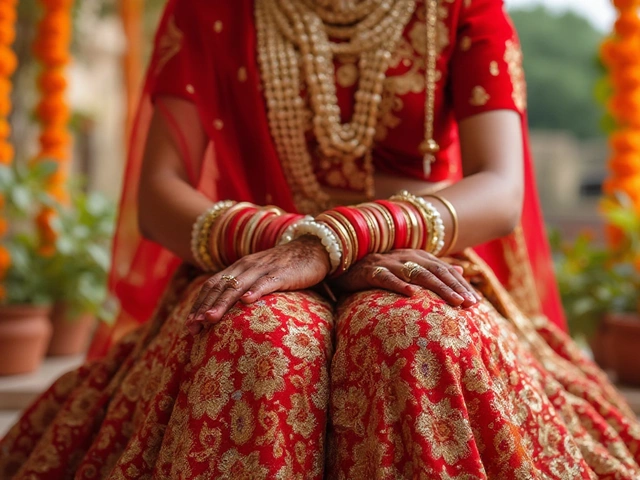Laws: Practical Guides for Jewelry, Traditions & Everyday Choices
When you see the word “law” you might think of courtrooms, but on this page it means the rules that help you shop, wear, and understand jewelry and cultural customs in India. Whether you’re checking a gold hallmark, wondering why black bangles matter, or figuring out the best month to buy gold, we’ve gathered the most useful guidelines in one place.
First off, the hallmark system is your safety net. In India, the Bureau of Indian Standards (BIS) puts a 4‑digit stamp on every genuine gold piece. Look for the purity mark (like 916 for 22K) followed by the BIS logo and the manufacturer’s code. If any of those are missing, ask the seller for proof before you pay.
Common Jewelry Rules You Should Know
Rule #1: Test before you trust. A quick magnet test can tell you if a piece is pure gold or merely plated. Pure gold isn’t magnetic, so if a magnet sticks, the item likely has a steel core.
Rule #2: Understand silver stamps. You’ll see ‘925’ for sterling silver, but you might also encounter ‘833’. That marks 83.3% purity, a common Indian standard for cheaper silver items. Knowing the difference protects you from overpaying.
Rule #3: Timing matters. Gold prices swing with the market, but historically the months of October and December see lower rates in India due to lower demand after festive buying peaks. Planning your purchase around these times can save you a decent amount.
Tradition‑Based Guidelines
Black bangles, black beads in mangalsutra, and even sleeping with bangles have cultural rules attached to them. Black bangles are traditionally linked to protection and strength—wear them on the right hand for good luck. In a mangalsutra, the black bead is believed to ward off negative energy, so keeping it intact is more than a style choice.
Sleeping with bangles is allowed in many families, but safety first: tight bangles can cut off circulation, and loose ones may break and scratch you. If you love the look, choose a snug fit and remove them if you feel any discomfort overnight.
When it comes to nose pins, the rule is simple—choose a size that fits comfortably on your nostril and matches your face shape. A small stud works best for round faces, while a longer hoop balances a longer nose. The cultural story behind nose pins adds depth; they’re often associated with marriage and femininity in Hindu traditions.
Finally, if you’re thinking of starting a jewelry business from home, remember the legal side: register your venture under the MSME scheme, get a GST number, and follow BIS guidelines for any gold or silver you intend to sell. Skipping these steps can lead to fines and loss of customer trust.
All these laws—whether they’re about hallmarks, cultural meanings, or business registration—are meant to make your jewelry journey smoother. Keep them handy, ask questions when something feels off, and enjoy the sparkle without worry.
Kirpan: Legal Guidelines Across the Globe
The Kirpan is an important spiritual symbol in Sikhism, symbolizing ethics and the fight against injustice. However, its legal status varies around the world, with countries differing in their approach to religious freedom and public safety. This article explores these legal frameworks, offering a helpful guide for Sikhs and global travelers. Understanding Kirpan laws can prevent legal complications while respecting religious traditions.





